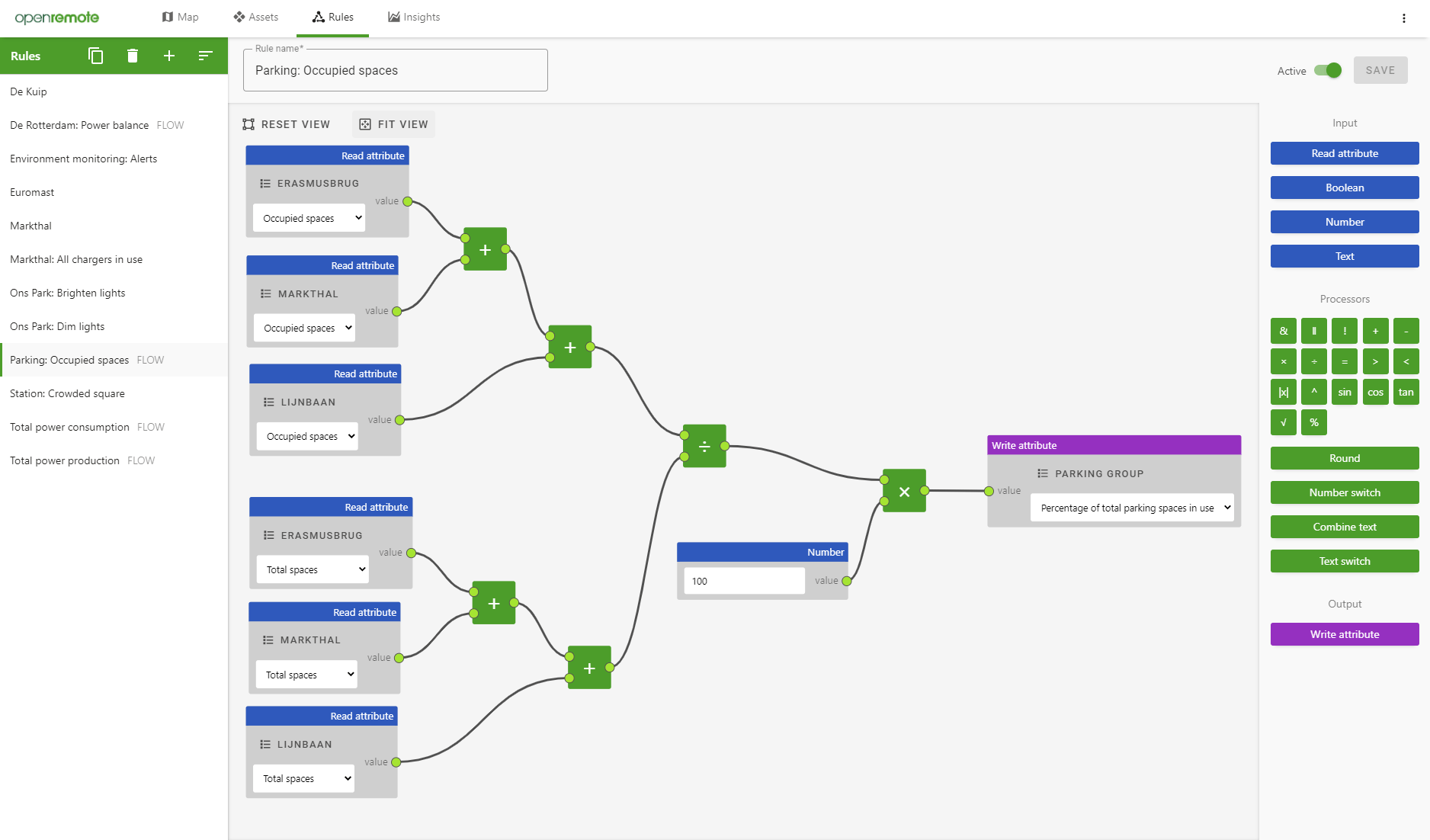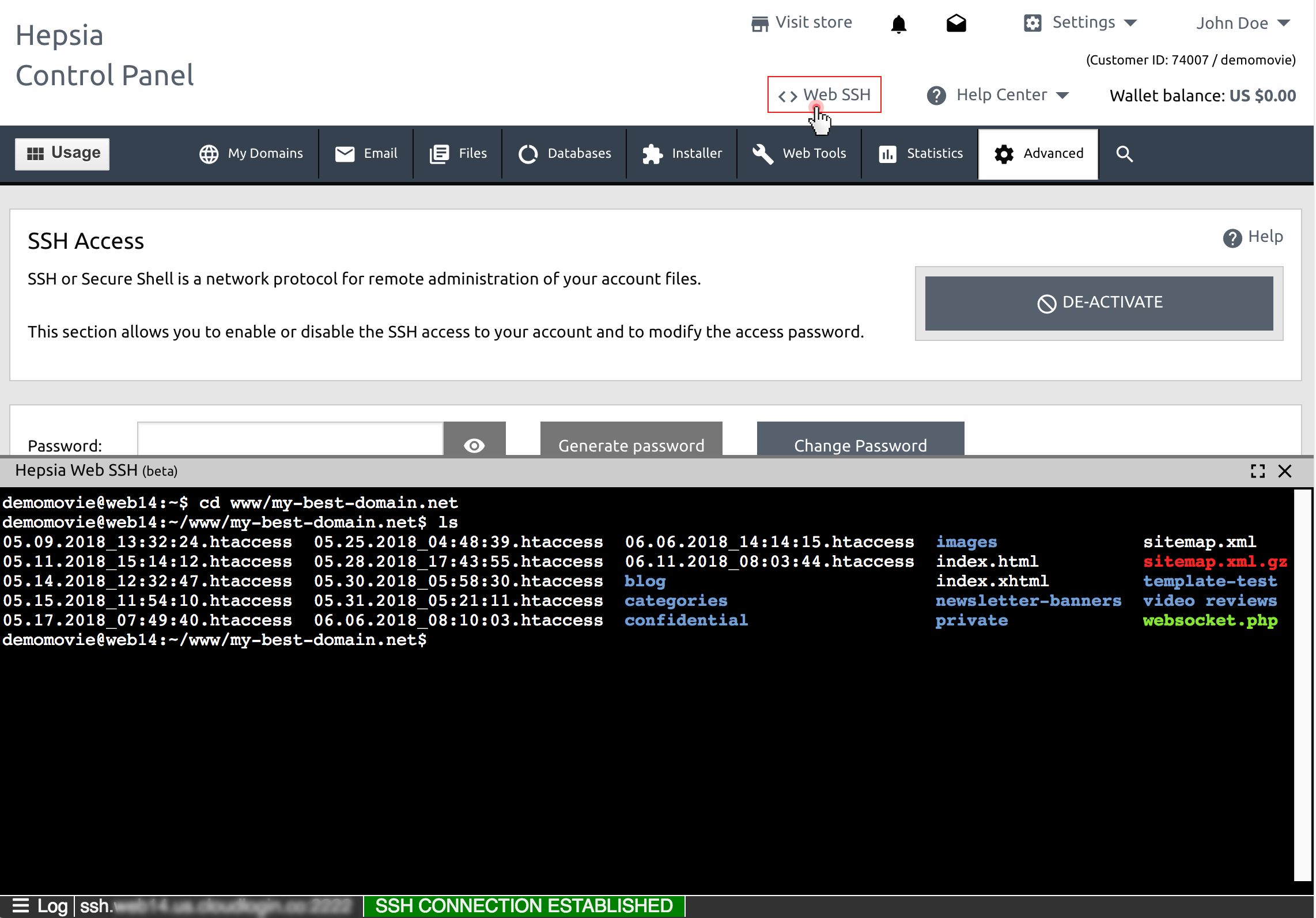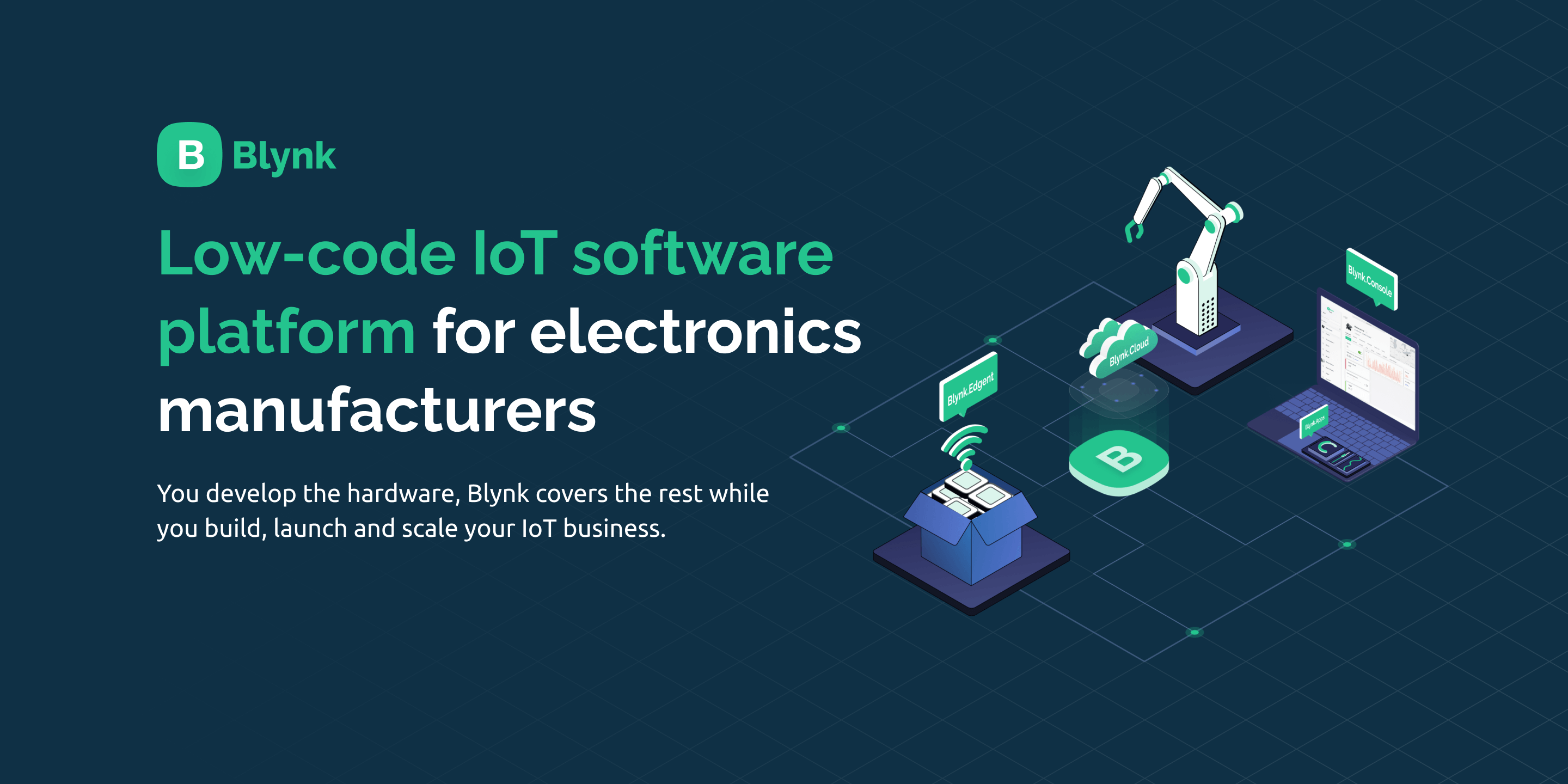Free IoT SSH Web Platforms For Raspberry Pi: The Ultimate Guide
Are you struggling to securely manage your Raspberry Pi-powered IoT devices from anywhere in the world? Then knowing the right tools is non-negotiable! Remote access shouldn't break the bank, and these free IoT SSH web platforms are the perfect solution.
The Raspberry Pi has revolutionized the Internet of Things (IoT) landscape, offering a cost-effective and versatile platform for a myriad of projects. However, effectively managing these devices remotely is crucial, and Secure Shell (SSH) has emerged as an indispensable tool. As the IoT continues its relentless expansion, the need for robust and secure remote access solutions is paramount. This article explores the realm of free IoT SSH web platforms, offering a comprehensive guide to managing your Raspberry Pi projects efficiently and securely, without incurring any costs.
| Aspect | Details |
|---|---|
| Definition | IoT SSH web platforms provide browser-based access to your Raspberry Pi's command-line interface, enabling remote management. |
| Key Advantages |
|
| Typical Use Cases |
|
| Essential Features |
|
| Popular Platforms | (Details on specific platforms will be provided in subsequent sections) |
| Security Considerations |
|
| Reference | Raspberry Pi Foundation |
One of the most significant advantages of these platforms is the availability of free download options for remote IoT web SSH access on Raspberry Pi. This removes financial barriers and encourages experimentation and innovation in the IoT space. Before diving into the specifics of various platforms, it's crucial to understand the fundamental concepts and best practices surrounding SSH and its web-based implementations.
Understanding SSH and its Importance
SSH, or Secure Shell, is a cryptographic network protocol that enables secure remote access to computer systems. It provides an encrypted communication channel, protecting sensitive data from eavesdropping and unauthorized access. In the context of IoT, SSH is invaluable for remotely managing Raspberry Pi devices, allowing users to configure settings, install software, and troubleshoot issues from anywhere in the world.
Why Use a Web-Based SSH Client?
Traditional SSH clients, such as PuTTY or FileZilla, require installation and configuration on the user's local machine. Web-based SSH clients, on the other hand, eliminate this requirement by providing access to the command line through a web browser. This approach offers several benefits:
- Accessibility: Access your Raspberry Pi from any device with a web browser, regardless of operating system.
- Convenience: No need to install or configure dedicated SSH clients.
- Security: Web-based clients can leverage secure protocols, such as HTTPS, to encrypt communication between the browser and the server.
- Centralized Management: Some platforms offer centralized management features, allowing you to manage multiple Raspberry Pi devices from a single web interface.
Key Considerations When Choosing a Platform
With numerous free IoT SSH web platforms available, selecting the right one for your needs requires careful consideration. Here are some key factors to keep in mind:
- Security: Prioritize platforms that implement strong security measures, such as SSH key authentication, encryption, and access control.
- Ease of Use: Opt for a platform with an intuitive web interface and straightforward configuration process.
- Features: Consider the features offered by each platform, such as file transfer capabilities, terminal emulation, and user management.
- Scalability: If you plan to manage a large number of Raspberry Pi devices, choose a platform that can scale to meet your needs.
- Community Support: Look for platforms with active communities and comprehensive documentation.
Exploring Free IoT SSH Web Platforms
Let's delve into some of the top free IoT SSH web platforms that are compatible with Raspberry Pi, enabling you to manage your projects efficiently and securely:
- WebShell: WebShell is a popular open-source web-based SSH client that provides a terminal emulator within a web browser. It supports SSH key authentication, file transfer, and multiple terminal sessions. WebShell is easy to install and configure, making it a great option for beginners.
- GateOne: GateOne is a feature-rich HTML5-powered terminal emulator and SSH client. It offers a wide range of features, including session recording, multi-user support, and integration with authentication systems like LDAP and Active Directory. GateOne is suitable for both individual users and organizations managing large numbers of devices.
- Shell in a Box: Shell in a Box is a lightweight web-based terminal emulator that requires minimal configuration. It provides a simple and secure way to access your Raspberry Pi's command line from a web browser. Shell in a Box is a good choice for users who need a basic SSH client without advanced features.
- tty.js: tty.js is a JavaScript library that provides a terminal emulator for web browsers. It can be used to create custom web-based SSH clients or integrate terminal functionality into existing web applications. tty.js is a good option for developers who need more control over the look and feel of their SSH client.
- SocketXP Web Terminal: SocketXP offers a cloud based secure web terminal solution for remotely accessing Raspberry Pi and other IOT devices behind NAT or Firewall. SocketXP relay agent running on your device establishes outbound-only connections to SocketXP cloud, so that your devices are never directly exposed to the public internet. The web terminal console uses industry standard encryption, and authentication and authorization protocols.
Implementing SSH Key Authentication
One of the most crucial steps in securing your Raspberry Pi is implementing SSH key authentication. SSH keys provide a more secure alternative to password-based authentication, protecting your device from brute-force attacks. Here's a general overview of the process:
- Generate an SSH key pair: Use the
ssh-keygencommand to generate a public and private key pair on your local machine. - Copy the public key to your Raspberry Pi: Use the
ssh-copy-idcommand or manually copy the contents of your public key to the~/.ssh/authorized_keysfile on your Raspberry Pi. - Disable password authentication: Edit the
/etc/ssh/sshd_configfile on your Raspberry Pi and setPasswordAuthentication no. - Restart the SSH service: Restart the SSH service to apply the changes.
These guides often cover topics such as key generation, key rotation, and access control, providing detailed instructions and best practices for securing your Raspberry Pi. Setting up SSH keys is just the beginning. To keep your Raspberry Pi secure, you need to follow some best practices.
Best Practices for Securing Your Raspberry Pi
In addition to SSH key authentication, there are several other best practices you can follow to enhance the security of your Raspberry Pi:
- Keep your system up to date: Regularly update your Raspberry Pi's operating system and software packages to patch security vulnerabilities.
- Use a strong password: If you choose to use password-based authentication, use a strong and unique password.
- Disable unnecessary services: Disable any services that you don't need to reduce the attack surface of your device.
- Use a firewall: Configure a firewall to restrict access to your Raspberry Pi.
- Monitor system logs: Monitor system logs for suspicious activity.
- Change the default SSH port: Changing the default SSH port (22) can help to reduce the risk of automated attacks.
Configuring the Server and Accessing the Web Interface
Next, you need to configure the server to forward traffic to the SSH port on your IoT device. This can be achieved using SSH tunneling or a reverse proxy. One popular option for implementing an SSH tunnel is to use the ssh -L command. This command allows you to forward a local port on your machine to a remote port on your Raspberry Pi. For example, to forward local port 8080 to port 22 on your Raspberry Pi, you would use the following command:
ssh -L 8080:localhost:22 user@raspberrypi.local
Once the tunnel is established, you can access the SSH web interface from your web browser by navigating to http://localhost:8080. Finally, you can access the SSH web interface from your web browser and connect to your IoT device by entering its IP address or hostname and SSH port.
Remotely Managing Files
Beyond command-line access, many platforms offer file management capabilities, allowing you to remotely upload or download files to or from your IoT device. For example, you can remotely upload or download files to or from your IoT device from the SocketXP web portal or using your favorite SSH client such as FileZilla, PuTTY, or PSFTP. This feature is particularly useful for deploying software updates, transferring configuration files, or retrieving data logs.
Accessing Raspberry Pi with Web-Based SSH Client in Your Browser
With the web console, you can connect your Raspberry Pi directly from your PC browser or mobile device. The web console is a standard terminal emulator for the X Window System, providing a familiar and intuitive interface for managing your Raspberry Pi remotely.
Conclusion
In conclusion, the availability of free IoT SSH web platforms has revolutionized the way we manage Raspberry Pi devices remotely. By implementing strong security measures and following best practices, you can ensure the safety and reliability of your IoT projects. This guide dives deep into the top free IoT SSH web options for Raspberry Pi that combine both security and ease of use. By the end of this guide, you'll have a clear understanding of which SSH web interface aligns best with your needs and goals. Explore the best SSH web access solutions for secure remote management of IoT devices. Remotely manage, access, and monitor your IoT devices, Raspberry Pi fleet, or any Linux machines. This guide explores the best web SSH access methods for Raspberry Pi that are available for free, ensuring you get the most out of your IoT setup without breaking the bank. This article will equip you with the knowledge and resources to select the best free IoT SSH web platform for your Raspberry Pi projects, enabling you to manage your devices efficiently and securely from anywhere in the world.



Detail Author:
- Name : Dr. Braden Ritchie
- Username : hattie13
- Email : saige.wolf@yahoo.com
- Birthdate : 1974-07-10
- Address : 79980 Dax Ramp Marcelleside, AZ 16040-6140
- Phone : 1-708-232-8051
- Company : Ankunding, Eichmann and Glover
- Job : Industrial Engineer
- Bio : Dolore aut quod dolore ut. Facilis sed animi nihil omnis consequatur. Ipsum dolor quia error dolorem. Voluptatem temporibus non est quia. Quam in omnis laudantium dolores.
Socials
tiktok:
- url : https://tiktok.com/@heaney1979
- username : heaney1979
- bio : Aliquam molestias voluptatibus quas molestiae fugiat itaque laborum.
- followers : 4812
- following : 1047
twitter:
- url : https://twitter.com/heaney2001
- username : heaney2001
- bio : Labore ut numquam ad deserunt. Mollitia sed dolorem perferendis vitae. Veniam dignissimos sunt doloribus porro. Nemo saepe fuga vitae nobis nihil et et.
- followers : 3295
- following : 2497
instagram:
- url : https://instagram.com/missouri3824
- username : missouri3824
- bio : Earum in eaque eveniet aliquid. Dolores ratione amet quo perferendis occaecati aperiam.
- followers : 3907
- following : 2361